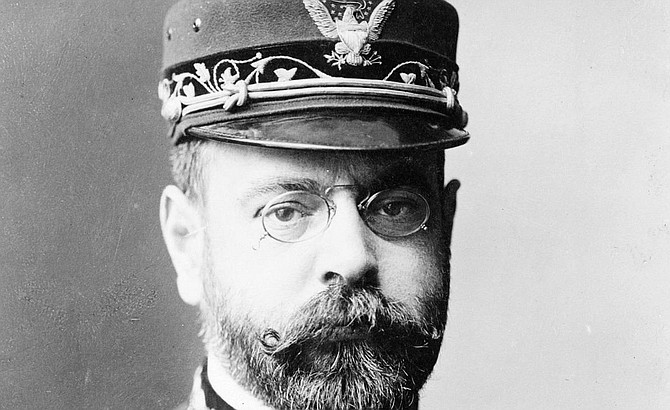 Facebook
Facebook
 X
X
 Instagram
Instagram
 TikTok
TikTok
 Youtube
Youtube

On April 27 and 28 the San Diego Mainly Mozart Festival presented a concert of, Two Pianos, Eight Hands. The format harkened back to the golden of age of the piano. Before the invention of the phonograph, four-hand arrangements of orchestral works were the primary vehicle for experiencing the great masters. Four-hand piano was the dominant idiom of the mid- to late-19th Century musical experience. The arrangements in this concert doubled the four-hand effect but the sentiment remained.
Experiencing orchestral music in a concert hall was a rare opportunity, especially in the United States where full-time professional orchestras did not exist in most cities until after 1966 and the advent of The Ford Foundation’s Program for Symphony Orchestras. The initial $80 million grant resulted in $160 million of funding for North American orchestras.
As an aside, in 2019 that amount of money would be over $1 billion. In comparison, the 2019 congressional funding of both the National Endowment for the Arts and the National Endowment for the Humanities was $155 million.
Generation after generation of American music lovers lived their musical lives based on experiencing a Beethoven symphony or a Tchaikovsky Overture a la four-hand piano arrangement.
Publishers raked in healthy profits with four-hand piano arrangements but grew fat on original compositions for four-hand piano such as Brahms’ Liebeslieder Waltzes and Hungarian Dances. Brahms initially offered the Hungarian Dances to a publisher in Budapest—who turned him down. Big mistake. Huge.
The popularity and financial success of Brahms’ four-hand piano music unfairly gave him the stigma of being a “middle-class composer”. While Brahms was not included in the Mainly Mozart concert, it can be argued that he would not be the household name he is without the four-hand piano culture.
With the invention of the phonograph, four-hand piano music began a gradual but steady decline. As John Philip Sousa, commented at the time, “I foresee a marked deterioration in American music and a host of other injuries to music in its artistic manifestations, by virtue—or rather by vice—of the multiplication of the various music-reproducing machines.”


On April 27 and 28 the San Diego Mainly Mozart Festival presented a concert of, Two Pianos, Eight Hands. The format harkened back to the golden of age of the piano. Before the invention of the phonograph, four-hand arrangements of orchestral works were the primary vehicle for experiencing the great masters. Four-hand piano was the dominant idiom of the mid- to late-19th Century musical experience. The arrangements in this concert doubled the four-hand effect but the sentiment remained.
Experiencing orchestral music in a concert hall was a rare opportunity, especially in the United States where full-time professional orchestras did not exist in most cities until after 1966 and the advent of The Ford Foundation’s Program for Symphony Orchestras. The initial $80 million grant resulted in $160 million of funding for North American orchestras.
As an aside, in 2019 that amount of money would be over $1 billion. In comparison, the 2019 congressional funding of both the National Endowment for the Arts and the National Endowment for the Humanities was $155 million.
Generation after generation of American music lovers lived their musical lives based on experiencing a Beethoven symphony or a Tchaikovsky Overture a la four-hand piano arrangement.
Publishers raked in healthy profits with four-hand piano arrangements but grew fat on original compositions for four-hand piano such as Brahms’ Liebeslieder Waltzes and Hungarian Dances. Brahms initially offered the Hungarian Dances to a publisher in Budapest—who turned him down. Big mistake. Huge.
The popularity and financial success of Brahms’ four-hand piano music unfairly gave him the stigma of being a “middle-class composer”. While Brahms was not included in the Mainly Mozart concert, it can be argued that he would not be the household name he is without the four-hand piano culture.
With the invention of the phonograph, four-hand piano music began a gradual but steady decline. As John Philip Sousa, commented at the time, “I foresee a marked deterioration in American music and a host of other injuries to music in its artistic manifestations, by virtue—or rather by vice—of the multiplication of the various music-reproducing machines.”
Comments